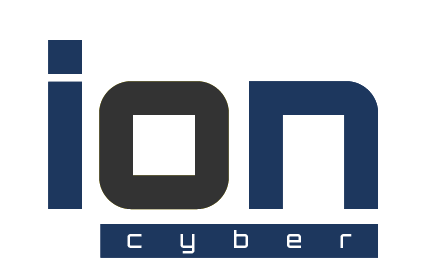ARTICLE
What is IDAM?
What is Identity and Access Management (IDAM) and why does it matter?
In the ever-evolving landscape of cybersecurity, one term you’ve likely come across is IDAM, which stands for Identity and Access Management. But what exactly is IDAM, and why should it matter to you?
In this article, we will unravel the world of IDAM, exploring its significance in the context of cybersecurity and how it plays a crucial role in safeguarding your digital assets.
What is IDAM?
Identity and Access Management (IDAM) is a comprehensive framework comprising policies, processes, and cutting-edge technologies, empowering organisations to effectively oversee digital identities and regulate user access to critical corporate data.
By assigning specific roles and ensuring appropriate access levels to corporate resources and networks, IAM not only enhances security and user experience but also facilitates improved business outcomes, fostering the feasibility of mobile and remote work arrangements as well as the adoption of cloud technologies.
Is IDAM the same as IAM?
IDAM (Identity and Access Management) and IAM (Identity and Access Management) are essentially the same thing.
These terms are often used interchangeably within the field of cybersecurity and IT. Both IDAM and IAM refer to the framework, policies, processes, and technologies that organisations use to manage digital identities and control user access to their systems and data.
Why does IDAM matter?
In today’s cybersecurity landscape, malicious actors frequently target compromised user credentials as an entry point into organisational networks, employing tactics like malware, phishing, and ransomware attacks. Given the importance of safeguarding resources, enterprises are increasingly turning to Identity and Access Management (IDAM/IAM) technology as a robust defense mechanism, fortifying their data and protecting their personnel by implementing risk management controls.
Understanding IDAM – The Basics
Identity and Access Management (IDAM) is a comprehensive framework that encompasses processes, technologies, and policies aimed at managing digital identities and controlling access to various IT resources within an organisation. It may sound complex, but let’s break it down into its key concepts:
- Digital Identities: In today’s digital age, we all have multiple digital identities – usernames, email addresses, employee IDs, and more. IDAM focuses on managing these identities, ensuring they are unique, secure, and associated with the right people.
- Access Control: Controlling who has access to what is fundamental in cybersecurity. IDAM systems help organisations define and enforce access policies, making sure only authorised individuals can access specific data or systems.
Why IDAM Matters
So why does IDAM matter in an Australian context?
Data Privacy Regulations: Australia, like many other countries, has stringent data privacy laws (such as the Privacy Act 1988) that require organisations to protect sensitive information. IDAM helps organisations comply with these regulations by ensuring data is accessed and handled in a secure and auditable manner.
Rising Cyber Threats: Cyberattacks are on the rise globally, and Australia is no exception. Cybercriminals are constantly seeking ways to exploit weaknesses in identity and access management. IDAM acts as a robust defence, thwarting unauthorised access attempts and minimising the risk of data breaches.
Business Efficiency: Effective IDAM streamlines processes within organisations. It allows employees to access the resources they need efficiently while maintaining security. This can lead to improved productivity and cost savings.
Customer Trust: For businesses, a strong IDAM system enhances customer trust. When users know that their data is well-protected, they are more likely to engage with your services and share their information.
Credibility in Cybersecurity: Trust is crucial in the cybersecurity industry. By implementing robust IDAM practices, Australian businesses can build credibility and demonstrate their commitment to protecting digital identities and assets.
Getting Started with IDAM
Now that you understand the significance of IDAM, you might be wondering how to get started. Here are some steps to consider:
Assessment: Begin by assessing your current identity and access management processes and identifying vulnerabilities. Pay particular attention to administrative accounts and accounts with elevated access.
Policy Development: Develop clear policies for identity verification and access control, taking into account the specific needs of your organisation.
Technology Implementation: Invest in an IDAM solutions that suit your requirements. These may include identity management platform, single sign-on (SSO), multi-factor authentication (MFA), and identity governance tools.
Training and Awareness: Educate your employees about the importance of IDAM and best practices for maintaining secure digital identities.
Summary
Identity and Access Management (IDAM) is not just another buzzword in the cybersecurity world. It’s a fundamental aspect of protecting your digital assets and maintaining trust in today’s interconnected landscape. As businesses and individuals in Australia navigate the complex realm of cybersecurity, embracing IDAM is a crucial step towards fortifying your defences and ensuring a secure digital future.
If you’re looking to enhance your organisation’s cybersecurity posture with robust IDAM solutions, Ion Cyber is here to help. Contact us today to learn more about how we can safeguard your digital identities and assets.
Stay tuned for more insightful articles on cybersecurity, technology trends, and best practices from Ion Cyber as we continue our mission to educate and help to protect our readers.
Your digital security matters, and we’re here to support you every step of the way.

